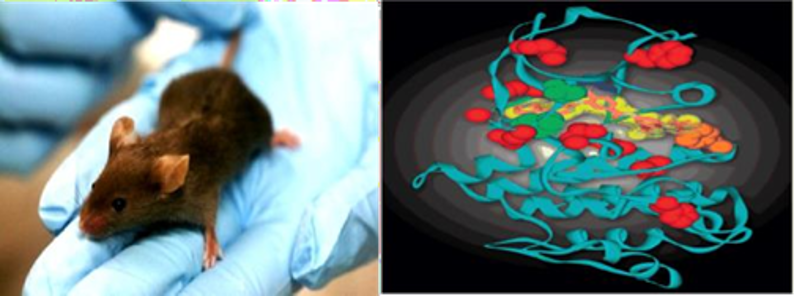Abstract
Now a Days the usage of tobacco is the major cause for cancer but in this study we are presenting a new Interesting thing that it also has ability to kill cancerous tissue by a self-defensing molecule called NaD1. NaD1 is a molecule isolated from the flowers of the ornamental tobacco plant Nicotiana alata. In this study, we identified that the defensing NaD1 binds to a small Phospholipid (a lipid molecule with a phosphate molecule attached to it) known as PIP2. The defense molecule, called NaD1, works by forming a pincer-like structure that grips onto lipids present in the membrane of cancer cells and rips it open, causing the cell to expel its contents and explode This binding results in a NaD1:PIP2 complex which they visualized using transmission electron microscopy. NaD1 is able to polymerize and form long string-like structures in the presence of PIP2. This binding is crucial for NaD1’s microbe-killing abilities. We tested the ability of NaD1 to cause changes in the cell membrane. We used a dye that normally does not cross the cell membrane to monitor cell membrane integrity; if the dye shows up inside the cells, the cell membrane is obviously damaged. Sure enough, NaD1 caused an influx of the dye into the cell, and also leakage of ATP molecules from the cell to the outside. Since PIP2 is found in many different cell types, we also evaluated NaD1’s cell membrane destroying capabilities in many different cell types. We found that immortal cells (i.e. tumor cells) were more susceptible to killing by NaD1 than normal cells. In future we would expect that this molecule can laid down new pathways for cancer treatment discovery.
Full text article
Authors

This work is licensed under a Creative Commons Attribution-NonCommercial-NoDerivatives 4.0 International License.

